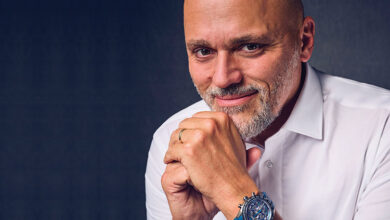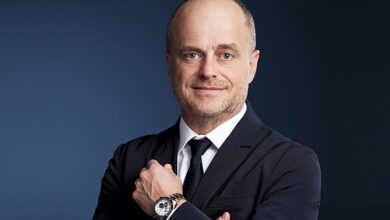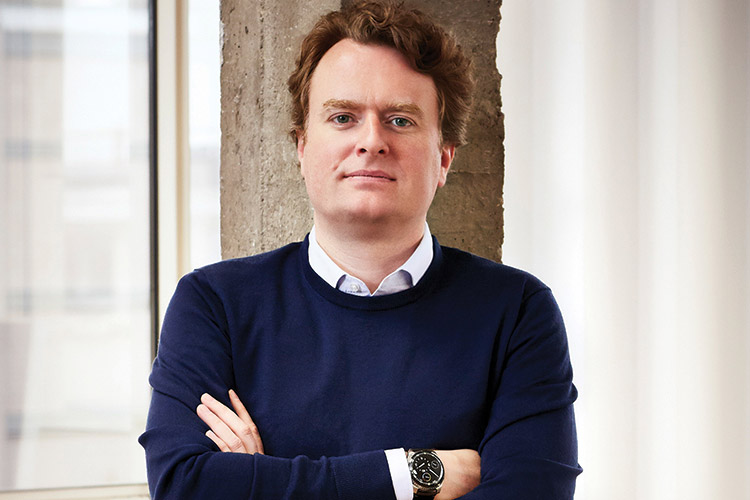
Ressence is an original concept, summed up by their motto #AheadOfTime. Ressence watches replace the conventional horological hands with rotating discs for an intuitive reading of the time. We sat down with Benoit Mintiens, Founder of Ressence, to discover his journey from industrial designer to a watchmaker
Being an industrial designer, how did you get interested in watches?
I was very much distant – physically and mentally – from the watch industry. I knew no one in the industry, not even collectors. In Antwerp, we have a big community, an entire industry, centred on diamonds. We have Indians and Jews; now we have Russians and people from East European countries taking over, but it is still the Indians who are the driving force there. One of my friends, who is in the diamond business, told me that he had a number of diamonds that he could not sell as they were not good enough to be used in jewellery, but he told me that they could be used in watches. He asked me if I could create a watch with numerous diamonds on it, as that would enable him to sell more diamonds at one go.
When you see the products that I create, you would know that diamonds are not my best friends. Anyway, I thought I would try and I used technology to inject light into diamonds by introducing a glass fibre that enters into a diamond. The diamonds would light up and not in a random way, but in a precise manner. We did some prototypes and started to work on it. But this friend of mine had to move to Hong Kong as the company he was working in moved there.
So, the project stopped but we were still working on it in our free time. Every year, he took me to Baselworld because he was exploring Baselworld for his jewellery business. I was looking at the watches too, and noticed that there hadn’t been much of a change in the design of a watch. I was still a naïve designer then and did not know much of the industry; after all these years in the industry now, of course, I understand why.
I decided to design a watch for myself – I imposed a few rules for it, and I did some sketches. I am so fascinated with watches because a watch is one of those rare products that is very holistic, when seen from a creative point of view. Apart from cars, I don’t think there is any other product where you have to design a wide variety of creative dimensions than in watches. Of course, there is the aesthetics, which is very important for every product. But in watches, there are the mechanics that need to interact with the aesthetics – there is an influence there. When you look at Ressence, it is like a car driving without a body. The module that you see is basically the mechanism of the watch.
In addition to the aesthetics and mechanics of the watch, there is also the social aspect in a watch. When you wear a watch, it represents you; it is your avatar. How do you express that? It is important to think about it. You need to design the brand, you also need to invent a name, express all the values you want to build around it. And then, there are the materials, the production, and the innovations you want to do.
For me, as a designer, it was such an interesting field – the way to present time in a manner that is different from what is normally done. It has to fit into the world of ergonomics, generally speaking. I needed to present time in the way the brain works to read it. In all these dimensions – from ergonomics, to design, aesthetics, mechanics, and social aspect – if I could create something different, that would be a new reality. When I put together all these realities, then I would come up with something new, something that is very hard to do in any other business. It was the holistic approach in watchmaking that attracted me.
It was in 2010 that you debuted your first watches; how were you able to get your movements created as they are very unusual?
At that point, I was actually panicked because I thought I would never get someone to make my movements. In the end, I made them myself. I had no connections to the Swiss production facilities, so I decided to contact a company that makes components for the space industry – they produce components for satellites. They used the same machines that the watch industry uses, but they make other parts from it, but with the same precision – and at a fraction of the price.
They helped me in producing the parts for my first three prototypes. I also had to be very creative in finding solutions for the gears and the axles. When I started, I had a budget of €30,000; this was my savings from many years of slaving away in the consultancy business. I realised that I would regret if I did not do this. I decided to put this money into creating a watch and see where it would take me. This budget also had to pay for my booth in Baselworld where I had to launch my watches.
Baselworld has a Starter Kit – a very good idea – that cost around €9,250. A third of my budget was gone for Baselworld. The advantage was that it also included a place to stay. I had the remaining €20,000 in which I had to make the three prototypes. I worked on the prototypes after work, which is not very easy. I still had to assemble them. I had only one watch ready to show on the first day of Basel, and the second one ready the next day, because I assembled it in the night. On the third day, I had the third one ready. Every start is difficult.
How was the feedback from retailers, collectors and the media when they saw the prototypes?
Overall, it was quite positive; I had decided that if everything went well, after the fair, I would produce the first batch of 50 watches. During Baselworld, I sold two-thirds of the 50. It was a mix of independent collectors who ordered – crazy guys basically because you had to be crazy to buy a watch from a guy who had never made a watch before.
I also had some contacts among retailers and distributors, but I still had no product, only prototypes. They all said that it was very interesting and the price point was not too bad. So, if I continued with the work and actually made the watches, to contact them then. They said that they would probably take the brand if the watches matched their quality standards. I went to a bank to get the financing to start production; it took me another one-and-a-half years to come out with the actual product, and that is how the brand began.
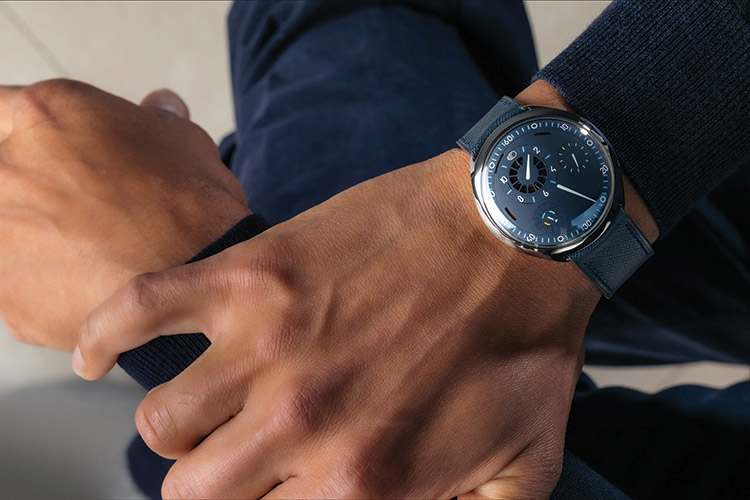
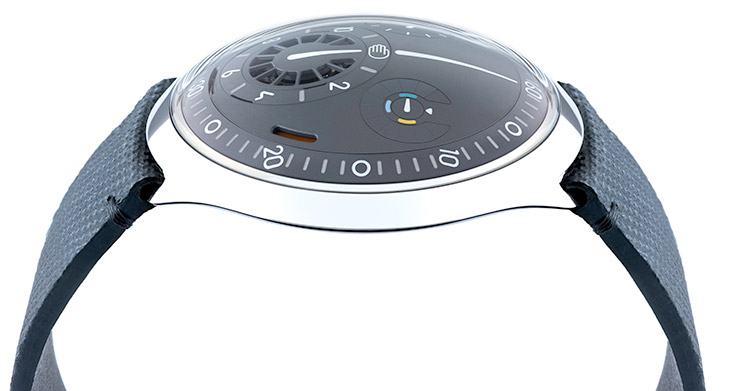
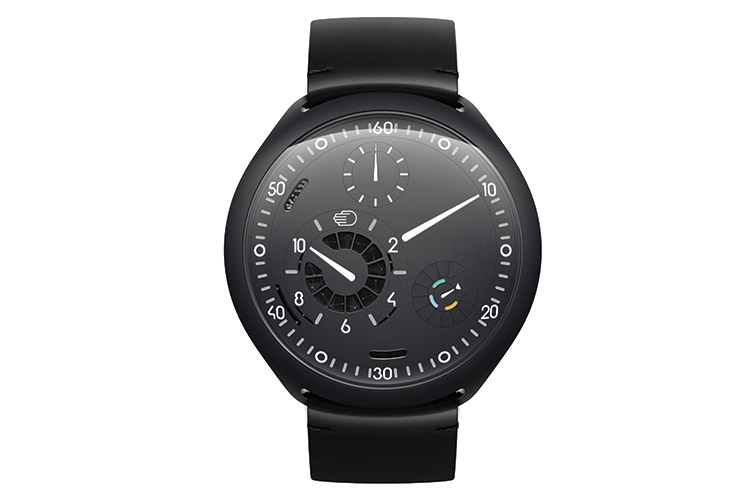
See More: https://ressencewatches.com



